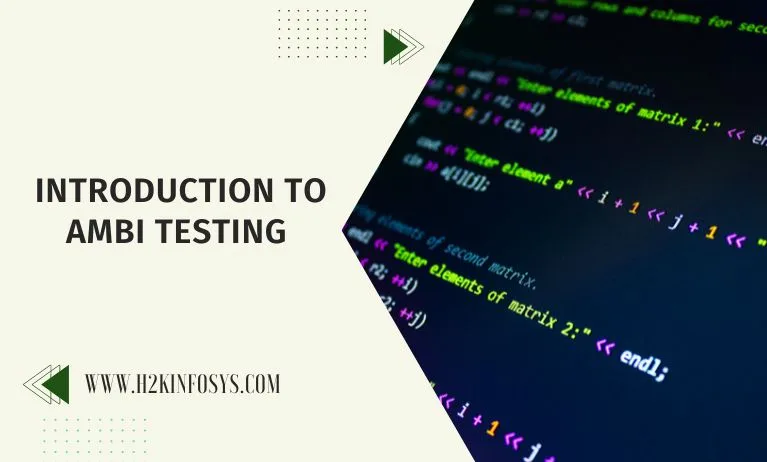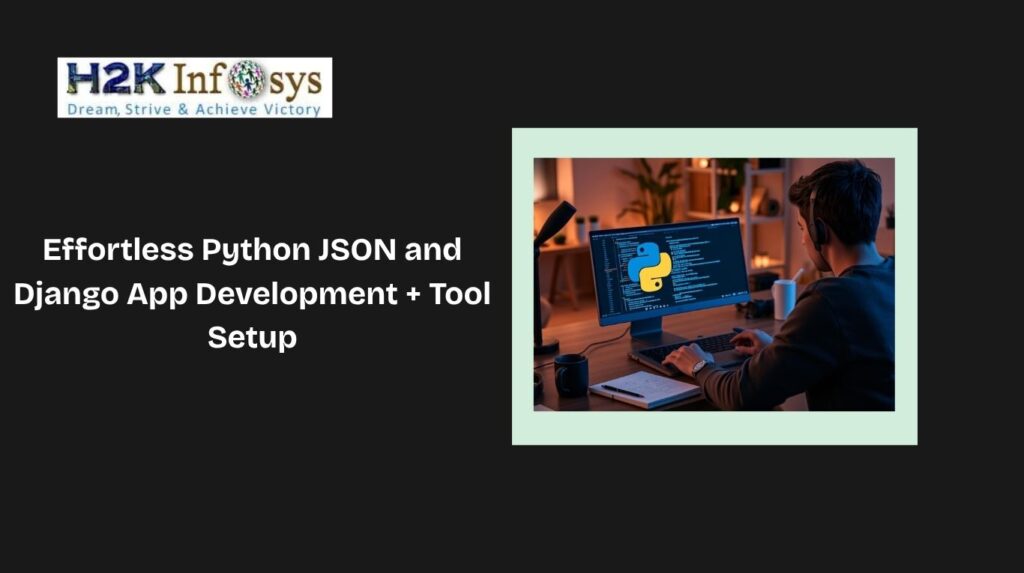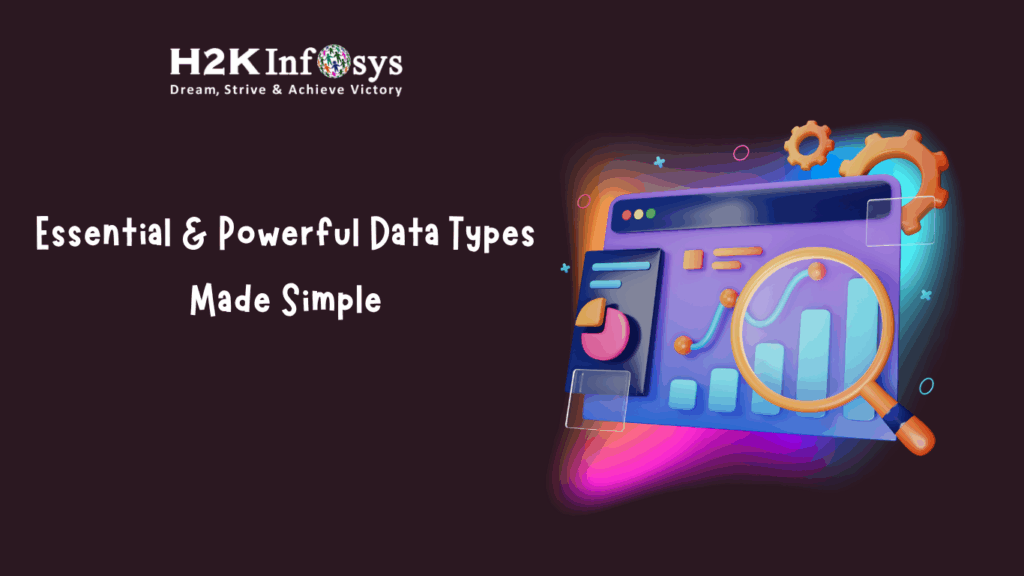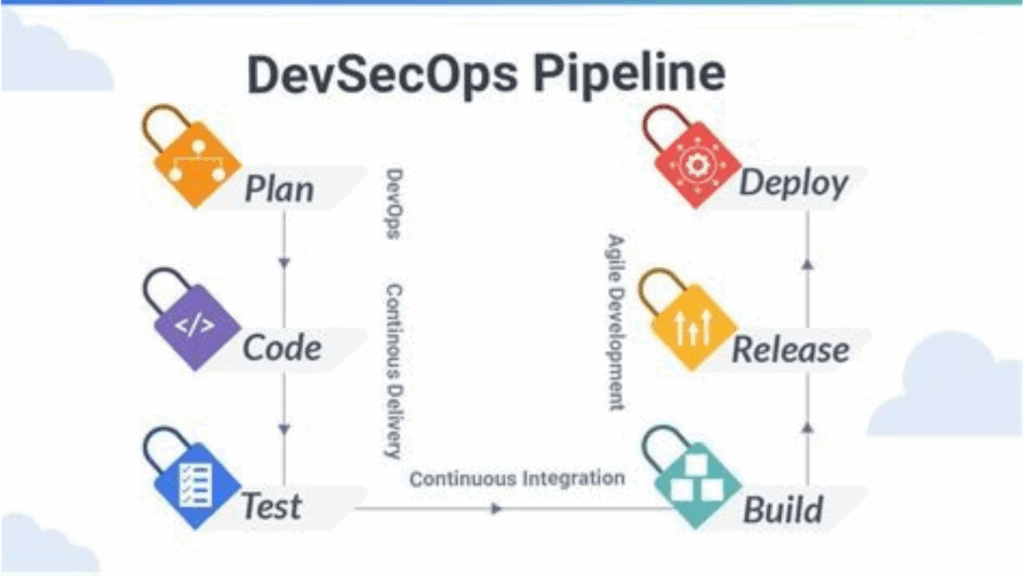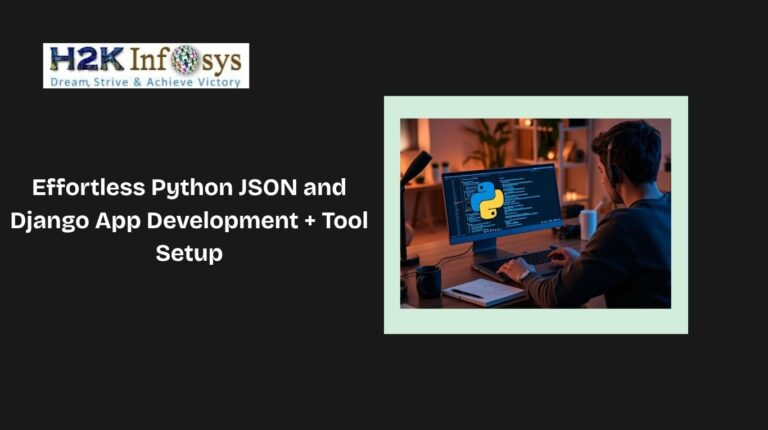Software development has always included QA services as a crucial component. A full-stack QA Ambi Testing engineer, a specialist trained in multiple fields, can significantly improve the development process. Let’s examine the true definition of full-stack and what it can accomplish when used properly.
Ambi Testing is the use of full-stack QA engineers in a practical way for a specific project. These experts can undertake fundamental security and performance testing in addition to combining automation with manual testing. As a result, by definition, Ambi Testing encourages letting a QA specialist put up automation, especially since they are knowledgeable at manual testing. Consequently, already skilled in the QA foundation. Delegating many and frequently time-consuming tasks, including manual and automated testing, to one person is a frequent worry. But there is a simple approach to making this a benefit. Check out the Online QA training to learn more.
How Ambi Testing Works
Full-stack QA professionals can simply describe what automation should cover because they are familiar with the software’s functioning. They can effectively arrange AT by concentrating on what the application can do rather than what it should accomplish. As a result, through the manual QA perspective, this produces precise test automation, more accuracy, and extensive insights. It takes roughly a month to calculate the AT coverage, define the framework, and develop test scripts after the proof of concept has been prepared. Executing manual tests may take several days. This time frame is shortened to a few hours using automation. Time-to-market might therefore be significantly decreased by using this month to set up AT.
40% of the work is done via Manually Testing because new user scenarios and features need to be checked out by hand first. Updates and novel functionality cannot be mimicked by a script. As a result, manually testing them first is crucial (and possibly the only method to do it).
Due to Ambi Testing’s emphasis on efficiency, 60% of the workload is typically made up of automated testing. Regression and smoke testing are frequently automated initially. API, functional, and UI testing would be the next items on the list. By building a bespoke automation framework and fortifying it with manual tests, Ambi Testing increases the value of AT advantages.
Ambi Testing adheres to the following simple, systematic process:
- creating test cases for manual QA.
- carrying out manual testing and filing bug reports.
- automating the manual tests and/or user stories that have been chosen.
- putting AT routines to use and distribute the reports.
- maintaining test scripts for automation.
For each of the new features, the cycle is repeated.
Here, each phase can be customised to meet the needs of a particular project.
This makes quality assurance (QA) throughout development an even more effective technique for producing high-quality software.
When Ambi Testing Works
Although there may not be a one-size-fits-all answer for ambi testing, its full potential can be used in a variety of circumstances. Therefore, it is especially useful for:
- reducing team scalability while accelerating release times.
- small-scale initiatives with clearly defined task scopes.
- essential features that have passed the active development stage.
- Interface modifications to software shouldn’t be major.
- combination of functionality that is still being developed and repetitive duties.
- ongoing development of new features in which some components cannot be emulated (in these situations, manual quality assurance is ideal).
Contrarily, Ambi Testing wouldn’t be the best choice if the project was still being developed. Automation that is built on somewhat stable functionality is preferable. Otherwise, a QA engineer’s attention would wander and their duties would become unclear, which would be bad for both them and the project. Therefore, conducting a software needs assessment is preferred to get the most out of Ambi Testing. Additionally, full-stack QA professionals may prove to be a strength for the development process with the appropriate execution.
Benefits & Complexities of Ambi Testing
A very particular solution is ambi testing. And when it is first put into use, there may be some difficulties.
Its key challenge is setting up the working process, in particular. It could be challenging to balance manual and automated testing. For this reason, considerable time should be set aside to work, especially on the automation framework. A QA engineer won’t be able to develop a successful AT strategy if they are preoccupied with other jobs.
Consider the case below.
An AT framework is being developed by a full-stack QA specialist. A fresh build appears at this moment, and it most likely has to be tested right away. The QA expert abandons their current work and starts evaluating the new functionality. The result is incomplete automation and novel tests that would extend the scope of incomplete AT.
Because of this, full-stack QA engineers shouldn’t be forced to start working right away. All duties can be completed by them, but the trick is to distribute the assignments wisely.
In addition, Abmi Testing provides the following distinct and valuable advantages:
- The QA engineer knows exactly what to automate because they have already used the product through manual testing.
- As a single expert is in charge of merging manual and automated testing, testing becomes more effective.
- The QA expert can do manual testing concurrently with automated checks, which allows the team to acquire results more rapidly.
- The full-stack QA professional serves as the team’s single point of contact and provides insightful input on both manual and automated tasks.
- Since the QA engineer is proficient in both onboarding and testing, resource allocation can be improved.
Ambi Testing does not provide AT with a way out. But it can be a good option if you need automation. Additionally, it might be what a piece of software demands.
Conclusion
Businesses must continually find innovative ways to modify the development process for increased efficiency as consumer expectations need to change. Software testing services develop along with the reality of the IT sector. Because there should never be a compromise on quality. The best of both worlds (effective development and high-quality output) is achieved through Ambi testing.To know more about Ambi Testing, check out the QA training course.
